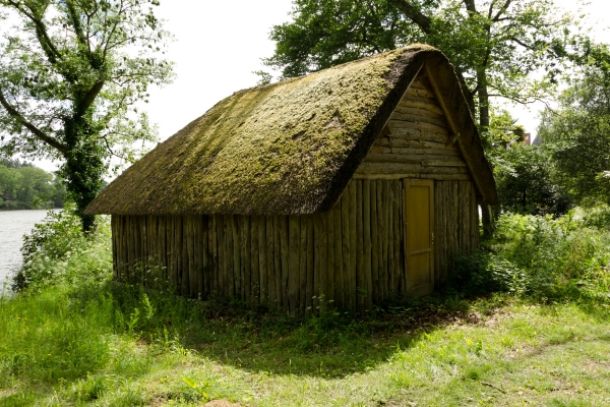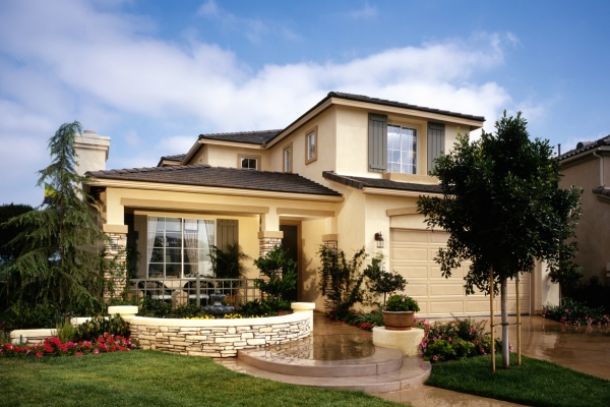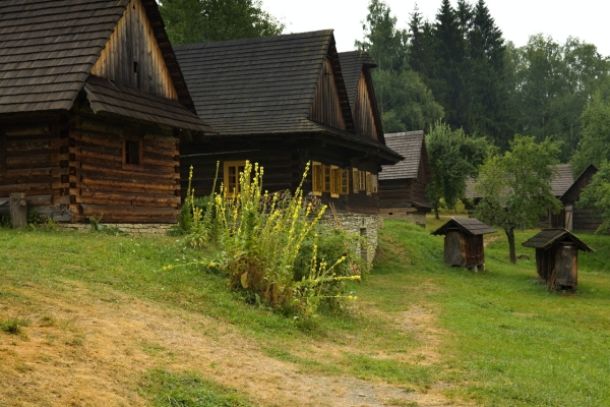A DIY Approach to Sustainable Wooden Houses
A DIY Approach to Sustainable Wooden Houses
Building a sustainable wooden house is not only an investment in a beautiful, natural home but also a commitment to environmentally responsible living. This article details a DIY approach to constructing a sustainable wooden house, with an emphasis on eco-friendly materials, energy efficiency, and waste reduction. By following these guidelines, you can create a home that minimizes its ecological footprint while offering the warmth and charm of wood.
Introduction
Sustainability is at the heart of modern construction, and wooden homes present an ideal opportunity to incorporate green building practices. A DIY approach allows you to have complete control over design choices and construction methods, ensuring that every element of your home aligns with sustainable principles. From selecting reclaimed or certified wood to installing energy-efficient systems, this guide walks you through the essential steps.
Sustainable Materials and Resource Management
The first step in building a sustainable wooden house is choosing the right materials. Opt for reclaimed wood or timber from sustainably managed forests to reduce the environmental impact. These materials often have unique textures and histories that add character to your home. In addition, consider the use of recycled insulation materials and low-VOC (volatile organic compounds) finishes that improve indoor air quality.
Resource management extends beyond materials. Planning your cuts and construction methods to minimize waste is essential. Measure twice and cut once; careful planning reduces offcuts and ensures you make the most of your resources. Additionally, consider repurposing construction waste for other projects or landscaping features.
Energy Efficiency and Eco-Friendly Systems
A sustainable home should be designed with energy efficiency in mind. Insulation is crucial, and while wood has natural insulating properties, supplementing with eco-friendly insulation materials such as recycled denim, sheep’s wool, or cellulose can dramatically enhance performance. Energy-efficient windows and doors also play a critical role in maintaining a comfortable interior temperature while reducing heating and cooling costs.
Renewable energy systems are a key consideration. Solar panels, small wind turbines, or even geothermal systems can help power your home sustainably. Incorporating passive solar design—such as large south-facing windows and thermal mass materials—ensures that your home absorbs and retains natural heat during cooler months while staying cool during summer. A well-designed ventilation system with heat recovery capabilities further enhances energy efficiency.
Water Conservation and Waste Management
Sustainable building goes hand in hand with responsible water usage. Install rainwater harvesting systems and low-flow fixtures to reduce water consumption. Greywater recycling systems can be implemented to reuse water for irrigation or toilet flushing, further decreasing your ecological footprint.
Waste management during construction is also vital. Set up a dedicated area for sorting and recycling construction debris. Many communities have local facilities for recycling wood and metal scrap. Reducing waste not only helps the environment but can also lower disposal costs.
Design Considerations for a Sustainable Wooden House
Designing a sustainable wooden house requires thoughtful planning. Prioritize an open floor plan that maximizes natural light and ventilation. An open design minimizes the need for artificial lighting and improves the overall energy efficiency of the home. Use natural materials and finishes that complement the wood, such as stone or bamboo, to create a harmonious and eco-friendly environment.
Integrate green spaces such as vertical gardens or rooftop planters, which not only improve aesthetics but also contribute to insulation and air quality. A well-planned landscape can reduce stormwater runoff and enhance the overall sustainability of the property.
Construction Techniques and DIY Tips
When embarking on your DIY project, focus on techniques that promote both sustainability and durability. Start with a strong, well-insulated foundation to support the wooden structure. Use treated or naturally durable wood types to resist moisture and pests without relying on chemical treatments.
Precision in construction is paramount. Misaligned beams or gaps in insulation can lead to energy inefficiencies and compromise the structural integrity. Utilize modern tools such as laser levels and digital measuring devices to ensure accuracy. Moreover, consider modular construction methods where prefabricated sections are assembled on-site, reducing construction time and material waste.
Long-Term Maintenance and Sustainability
Sustainable design extends beyond construction—it encompasses the long-term upkeep of your home. Regular maintenance is essential to ensure that the wood remains protected against weathering, pests, and moisture. Periodic resealing and reapplication of eco-friendly stains or sealants can extend the life of your wooden surfaces.
Plan for seasonal maintenance tasks such as cleaning gutters, checking for leaks, and inspecting the roof. These proactive measures not only preserve the structure but also help maintain the energy efficiency of your home. Keeping a maintenance log is an effective way to track tasks and budget for future repairs.
Community and DIY Resources
Building a sustainable wooden house is a journey best taken with the support of a community. Join local or online DIY groups focused on green building. Sharing experiences, tips, and resources can accelerate your learning and help you troubleshoot challenges along the way.
Consider attending workshops and seminars on sustainable construction techniques. Many communities offer resources and courses that can provide hands-on experience and expert advice. These networks are invaluable for both novices and experienced builders alike.
Conclusion
A DIY approach to sustainable wooden houses combines environmental responsibility with creative self-reliance. By carefully selecting materials, optimizing energy use, and designing with sustainability in mind, you can build a home that not only reflects your personal style but also contributes to a healthier planet. With meticulous planning, innovative construction techniques, and ongoing maintenance, your sustainable wooden house will be a lasting testament to eco-friendly living and DIY ingenuity.


